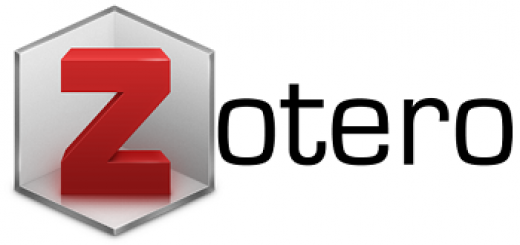 STUDI DESKRIPTIF : JENIS KELAMIN DAN LETAK LESI PADA PENDERITA STROKE
STUDI DESKRIPTIF : JENIS KELAMIN DAN LETAK LESI PADA PENDERITA STROKE
 = https://doi.org/10.26753/jikk.v15i1.300
= https://doi.org/10.26753/jikk.v15i1.300  Abstract views = 313 times
|
Abstract views = 313 times
|
Abstract
Lesi (cidera) pada otak memberikan gambaran mengenai kelemahan pergerakan yang dialami pasien stroke. Lesi yang didapatkan dari hasil pemeriksaan ct scan antara stroke hemoragi dan stroke iskemik bisa mengenai hemisfer (belahan otak) kanan atau kiri atau kanan dan kiri. Penelitian ini bertujuan untuk mengetahui gambaran mengenai letak lesi dan jenis kelamin pasien yang mengalami stroke. Pendekatan retrospektif dengan desain deskriptif digunakan dalam penelitian ini. Sebanyak 75 responden dilibatkan dengan simple random sampling. Uji distribusi frekuensi digunakan dengan hasil bahwa jenis kelamin laki-laki sebanyak 48 orang (64%) paling tinggi mengalami stroke, lesi pada hemisfer kiri sebanyak 33 orang (44%), dan stroke iskemik sebanyak 55 orang (73.3%). Perlu dilakukan penelitian terkait dampak dari lesi otak terhadap diagnosis keperawatan pada pasien stroke.
References
Fisse, A. L., Kemmling, A., Teuber, A., Wersching, H., Young, P., Dittrich, R., … Minnerup, J. (2017). The association of lesion location and sleep related breathing disorder in patients with acute ischemic stroke. PLoS ONE, 12(1), 1–7. https://doi.org/10.1371/journal.pone.0171243
Nickel, A., & Thomalla, G. (2017). Post-stroke depression: Impact of lesion location and methodological limitations-a topical review. Frontiers in Neurology, 8(SEP), 1–8. https://doi.org/10.3389/fneur.2017.00498
Park, C. H., Kou, N., & Ward, N. S. (2016). The contribution of lesion location to upper limb deficit after stroke. Journal of Neurology, Neurosurgery and Psychiatry, 87(12), 1283–1286. https://doi.org/10.1136/jnnp-2015-312738
Purwata, T. E., Andaka, D., Nuartha, A., Wiratni, C., & Sumada, K. (2019). Positive Correlation between Left Hemisphere Lesion and Erectile Dysfunction in Post-Stroke Patients. Open Access Macedonian Journal of Medical Sciences, 7(3), 363–368. https://doi.org/10.3889/oamjms.2019.125
Skipper-Kallal, L. M., Lacey, E. H., Xing, S., & Turkeltaub, P. E. (2017). Right Hemisphere Remapping of Naming Functions Depends on Lesion Size and Location in Poststroke Aphasia. Neural Plasticity, 2017, 1–17. https://doi.org/10.1155/2017/8740353
Suyanto. (2017). DESCRIPTION OF DIABETES MELLITUS AND HYPERTENSION IN STROKE PATIENTS. Jurnal Keperawatan, 10, 125–129.
Thye, M., & Mirman, D. (2018). Relative contributions of lesion location and lesion size to predictions of varied language deficits in post-stroke aphasia. NeuroImage: Clinical, 20(June), 1129–1138. https://doi.org/10.1016/j.nicl.2018.10.017
Zhang, Y., Zhao, H., Fang, Y., Wang, S., & Zhou, H. (2017). The association between lesion location, sex and poststroke depression: Meta-analysis. Brain and Behavior, 7(10), 1–11. https://doi.org/10.1002/brb3.788
Refbacks
- There are currently no refbacks.

This work is licensed under a Creative Commons Attribution-ShareAlike 4.0 International License.

This work is licensed under a Creative Commons Attribution-ShareAlike 4.0 International License.
Universitas Muhammadiyah Gombong
Address: Jl. Yos Sudarso No.461 Gombong, Kabupaten Kebumen, Jawa Tengah 54412. Phone: (0287) 472433
Email: jikk@unimugo.ac.id









 suyanto suyanto
suyanto suyanto